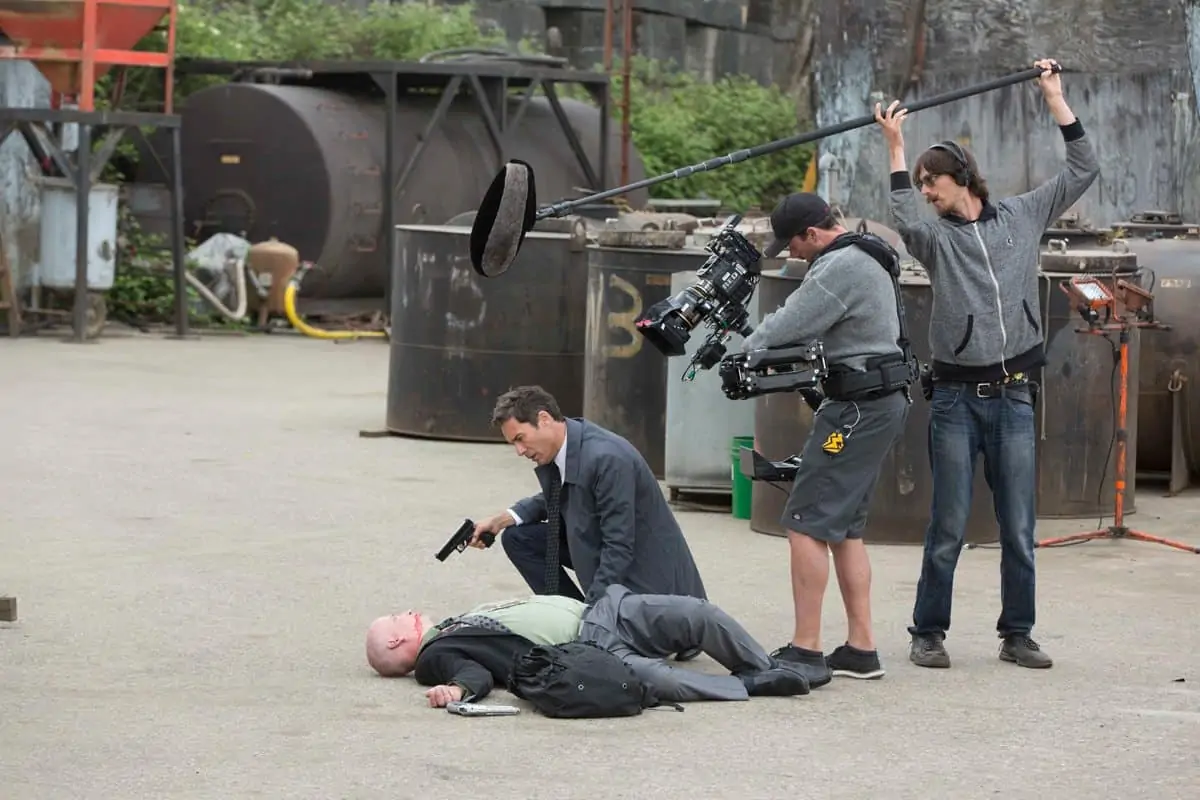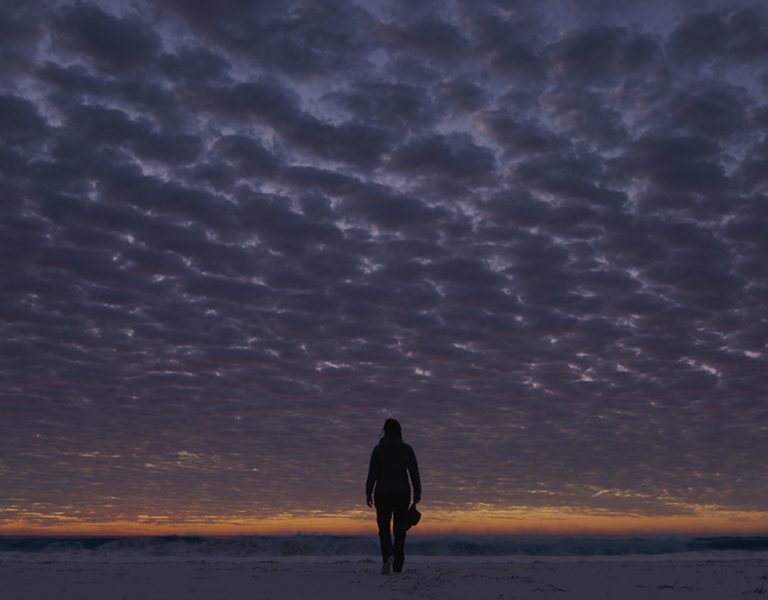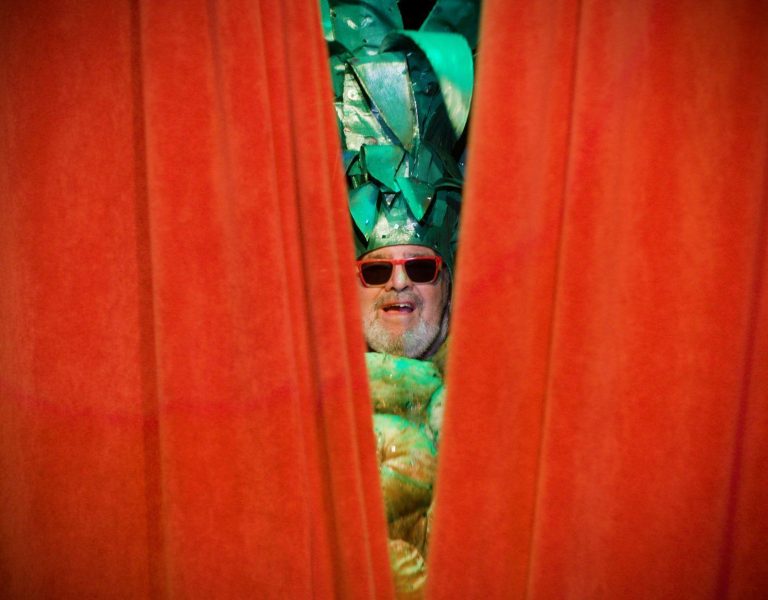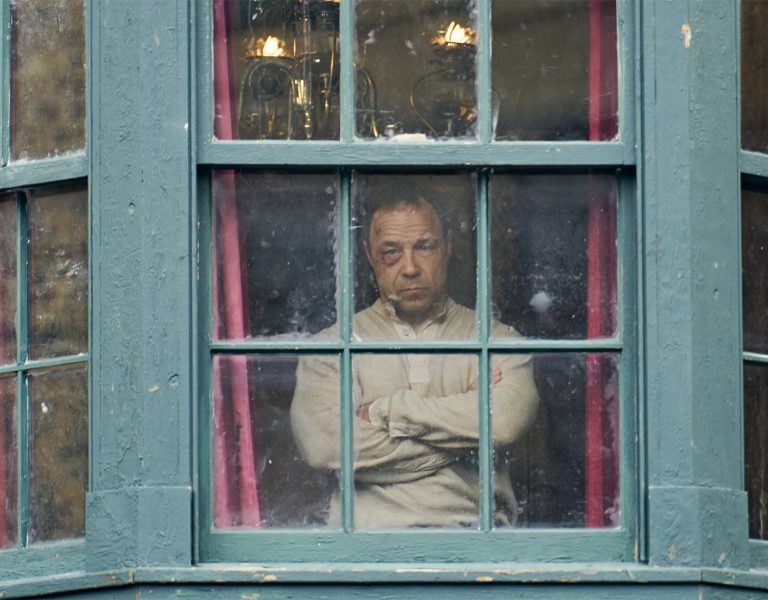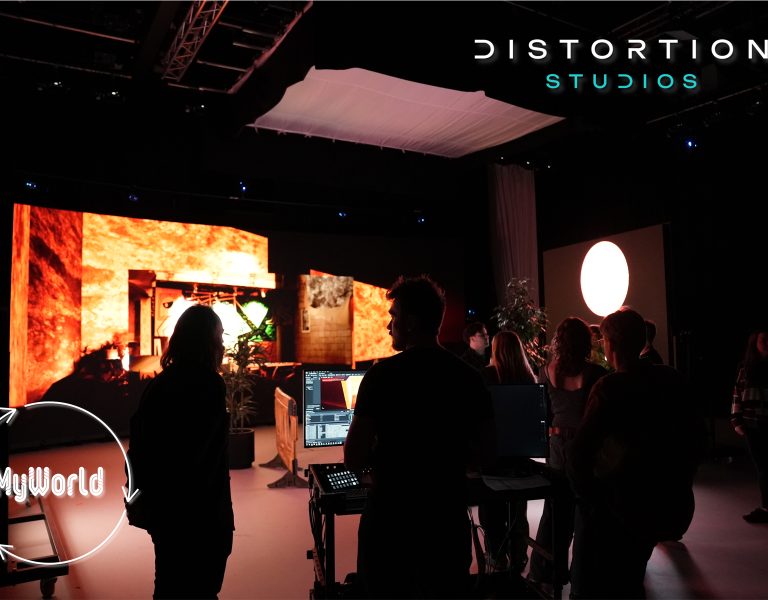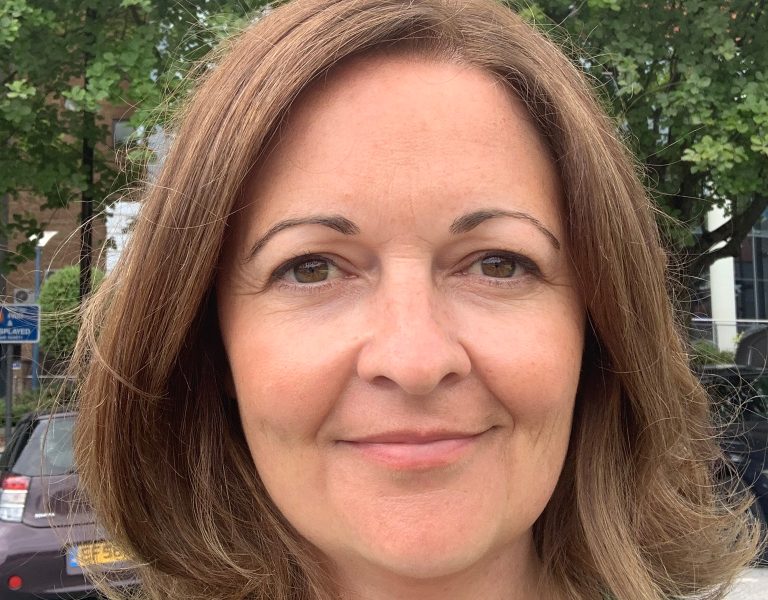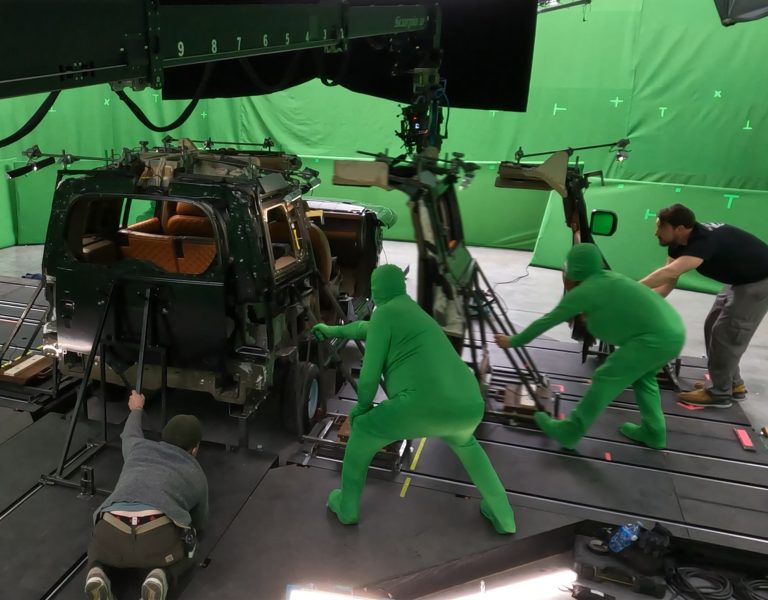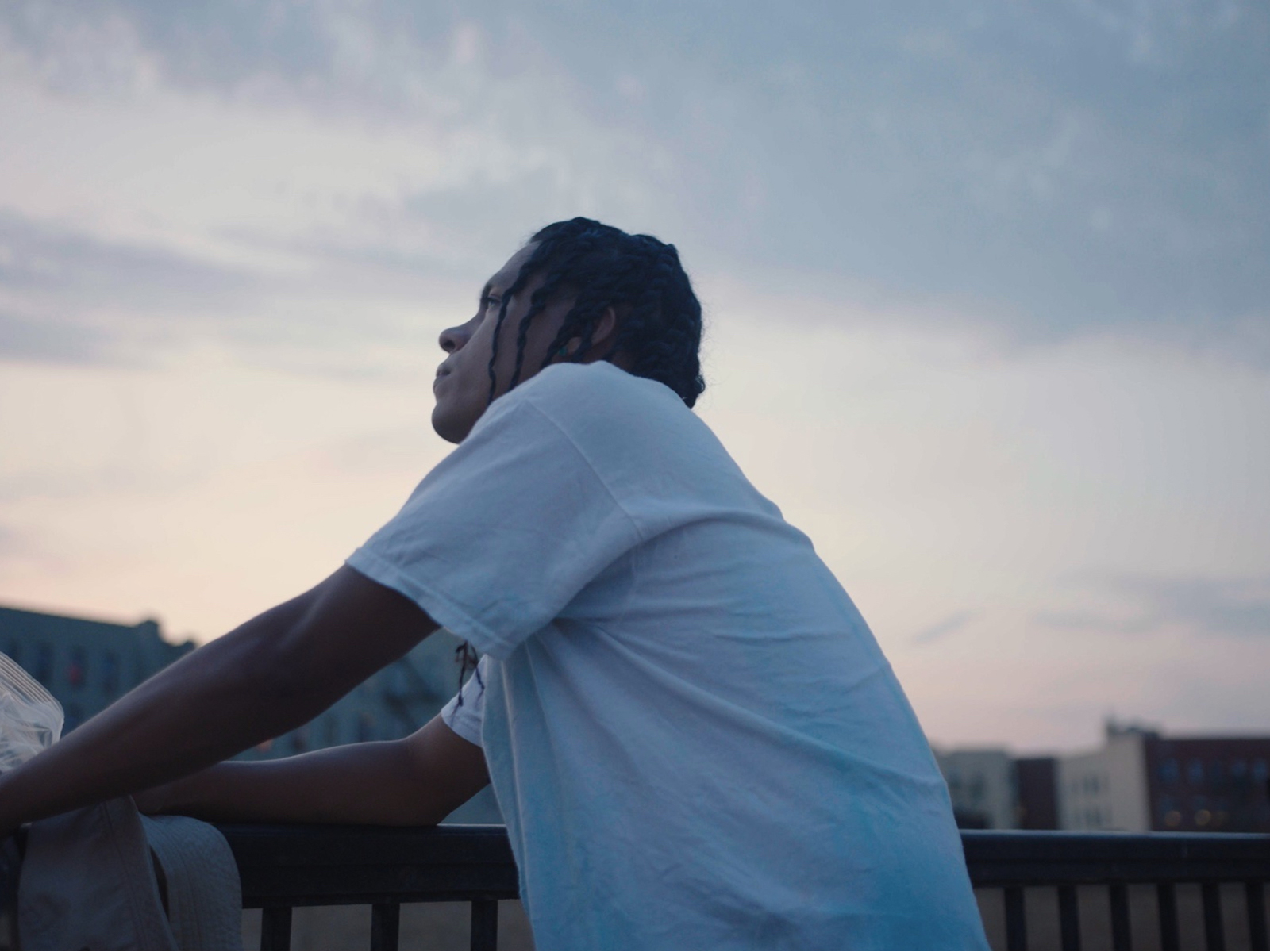
Que te vaya bonito, Rico (May It Go Beautifully for You, Rico) premiered at the Locarno Film Festival this year, earning the Pardi di Domani Best Direction Award. Set in The Bronx, New York, the 30-minute short follows a teen and his underage girlfriend as they sell homemade cocktails called “Nutcrackers” on a nearby beach. Directed by Joel Alfonso Vargas and shot by Rufai Ajala, the film was graded by Emmanuel Benjamin using DaVinci Resolve Studio.
“Joel had done another project called Shadow, which I graded and had won at the South London Film Festival. He shot it in a similar style to Rico, partly because of his documentary background,” recalls Benjamin. “He wanted it to feel very observational, with a stationary camera and action unfolding in front of it. He shot stills on film—35mm and large format, street photography being another key reference. New York photographer Wayne Lawrence, for instance, was one of the main references for this film. I really liked that approach, and it got me interested in working on this one. I’d also worked with the DP on a short film called Bleach that was aired on Channel 4, so we also had experience working together.”
Ahead of filming, Benjamin met with Vargas and Ajala to shape the films visual language. They drew inspiration from American Honey for its warm, golden hues and cinema-inspired Hollywood glow, embracing these references with a film print emulation LUT based on the Kodak 2383 LUT.
“We didn’t have much time for testing, so we had to trust the film references and refine the look in the grade,” Benjamin explains. “The Kodak 2383 LUT with a D55 version helped us achieve that filmic warmth, particularly for the outdoor shots where the natural light was already giving us a strong, sun-drenched quality.”
With the references helping to set a warm, golden tone, Benjamin used a white balance that left some golden hues to retain that sun-drenched feeling. The location also helped. “Beach scenes had natural reflectivity from the sand and sunlight, and most of the cast had a tanned look, which all contributed to a warm aesthetic,” he notes.
Likewise, the films lighting choices, especially for night scenes, also added to the feel. “There were lots of practical lights—garden lights, Christmassy lights—that were already there, creating an ambient glow that fit perfectly with the look we were going for,” notes Benjamin.
“The beach scenes were challenging due to the sheer brightness, which required a lot of work to roll off the highlights effectively. It was a fine line adjusting the image and bringing the overexposed areas back into the colour range. The HDR grading tools in Resolve were invaluable here, along with the Balance Node for linear gain, which helped to balance the gamma evenly across the frame. There was also some IR pollution from the ND filters on the camera, so I had to grade that out to avoid any purple tones in the blacks.”
Benjamin’s approach also employed DaVinci Resolve’s group grading tool to maintain consistency by location, rather than by individual scene.
“With a clear vision and direction already established, I was able to experiment with the look where necessary without Joel and Rufai in the room. Group grading by location rather than scene helped to save time here and ensured we kept the feel consistent throughout,” he explains. “For night shots, DaVinci Wide Gamut was key in managing New York’s neon lights as we didn’t want them to clip or distract. Applying this across grouped shots saved me so much time and gave me space to focus on creative refinements.”
“Seeing Rufai win the award for Best Cinematographer at the 2024 NFTS Graduate Showcase and Joel get recognized as one of 25 new faces of independent film by Filmmaker Magazine was a real celebration for the team,” concludes Benjamin. “Working with such talented people was surreal. We knew the film would do well, but it’s been a wonderful surprise to see it succeed as much as it has.”
Que te vaya bonito, Rico is a National Film and Television School production, with additional support from Perpetuum Films and Ghetto Film School.
